Fiskars Village, the traditional ironworks community in Fiskars, invites guests to visit this unique creative community in the coming summer, and even stay overnight right in the middle of various exhibitions. For its second edition, the Fiskars Village Art & Design Biennale confronts current topics in contemporary art, design and architecture, making room for something new and surprising. The three main exhibitions and an interdisciplinary parallel programme will be spread throughout the surrounding Raasepori region from 22 May to 4 September.
The design exhibition U-Joints – Knots & Knits unravels the history of textiles, fabrics and ropework
A joint – the union of two or more parts – is a fundamental element in almost any designed object. Joints come in all possible sizes, from nanoscale to a whole room. The materials used can range from plastic to steel, carbon, fibre, wood orwool. Joints are created, appropriated or personalised by designers, architects and engineers according to fit the needs at hand, whether ingeniously engineered or the result of garage tinkering. The joint is the kind of detail that holds the world together. A joint is often invisible; hidden elegantly within an object, it can be overlooked.
U-Joints – Knots & Knits is the fourth chapter in the ongoing U-Joints research project and exhibition series by Andrea Caputo and Anniina Koivu. This chapter unravels the history of textiles, fabrics and ropework. The knot is one of the oldest and most basic joinery techniques. Knots are used in rigging, for lifting heavy objects, or wrapping a gift; securing a funambulist’s highwire and creating adventurous playgrounds for children. Bridges, bamboo scaffoldings, fishing nets: all kinds of structures can trace their origins to the simple gesture of pulling a string through a loop. Knitting, in turn, creates anything from clothing to car interiors to entire architectural structures. When strings are intricately crossed, woven patterns are born.
More than forty works by top international designers have been selected for the exhibition. Participants include Basketclub, Estelle Bourdet, Ronan & Erwan Bouroullec, You-Chia Chen, Pauline Deltour, Pierre Fouché, Kate Jenkins, Hella Jongerius, Chris Kabel, Kwangho Lee, Outi Martikainen, Masayoshi Matsumoto, Christien Meindertsma, Aino Michelsen, Bruno Munari, Matilda Palmu, Irene Posch, Bertjan Pot, Marialaura Rossiello, Katrina Sánchez Standfield, Ief Spincemaille, Kiki van Eijk, Sanne Visser, Milou Voorwinden, Ulla-Stina Wikander, Marcel Wanders, Zaven and many more.
House by an Architect: Visit, stay the night – or buy for yourself
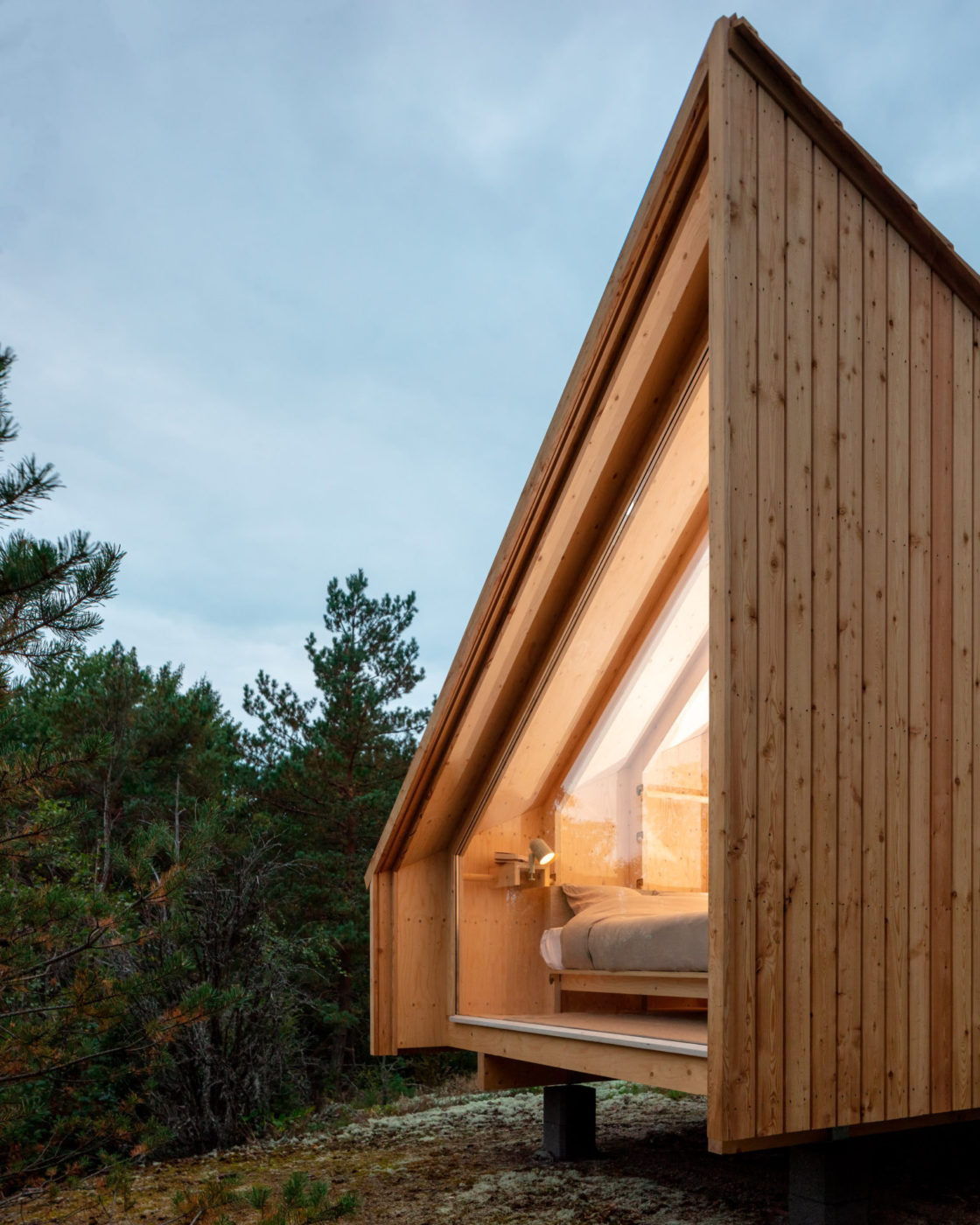
Curator Kari Korkman invited various architectural offices to design small-scale wooden houses, measuring up to 30 square metres, to be erected in the meadow by the ironworks compounds. Manufacturers of prefabricated homes and elements joined the project to develop new industrial house models for themselves. The motivation for the size restriction derives from new legislation; by 2024, the construction of houses smaller than this will be possible in Finland without the current construction permit procedure. Miniature houses could serve to replace summer cottages at the end of their life cycle, or provide extra space for homes and communities as guest houses or shared remote work spaces. The curator’s straightforward commission left plenty of room for the interpretation of the architects. The end result is a very diverse one.
The designers of the House by an Architect projects are AS LL TK, Rintala Eggertsson Architects, Team Sommarnöjen, Ateljé Sotamaa, Studio Puisto, and Aalto University’s Wood Studio. The full set is completed by the KOJA treehouse designed by Kristian Talvitie for the electric car manufacturer Polestar.
The idea of the mini-house designed by AS LL TK, i.e. Antti Soini, Leo Lindroos and Tuuli Kanerva, is to create a light, sheltered space that blends in with nature, or integrates visually into a yard fence. The house designed by Sami Rintala (Rintala Eggertsson Architects) consists of five different units, the layout of which can be freely chosen to suit the shape of the plot of land and the climate. As different functions are divided into separate units, a large building mass can be avoided, and the plant substrate is protected, creating a new kind of relationship with the surrounding nature. Sommarnöjen brings to the ironworks the restrained and beautifully modest, well-equipped Attefallshus made entirely of natural materials. The house is designed to last from one generation to the next. A collection of sculptural buildings has been refined from the original Meteorite project by the design studio Ateljé Sotamaa. Its first product, the UFO House, will be launched in conjunction with the Fiskars summer exhibition. The goal of the design process has been to achieve the smallest possible carbon footprint.
Studio Puisto’s internationally acclaimed Space of Mind was designed in the midst of the coronavirus pandemic as a refuge in the heart of nature, in response to changing circumstances: a longing for security, remote working, and a connection to nature. The large window on the wall offers views of nature.
The compact spaces of the Kore hut, created by the students of Aalto University’s Wood Studio, are wrapped around the functional heart of the building. The highlight is the sleeping loft, which is located under an atmospheric roof structure and a large skylight. Those staying in the hut can enjoy the view of the night sky from their bed. KOJA is the quirkiest out of all the House by an Architect projects. The modern treehouse designed by Kristian Talvitie received an honourable mention in Polestar’s design competition in 2021. KOJA is in a location separate from the other houses and is open to the public only by invitation.
Ulla Koskinen, founder of Asun magazine, is in charge of the interior design of the houses and creating the mood and experience of the mini houses. The overall feeling is rich and diverse: the interior of each house is specially designed for the Biennale and reflects the individual spirit of the houses. The character of the interiors varies from a warm minimalist feeling to a luxurious safari-like spirit. The houses include a holiday home with a fresh colour palette and a futuristic house merging technology and mythology. Finland’s most renowned interior design and furniture brands such as Artek, Nikari, Woodnotes, Skanno, Anno and Vaarnii are taking part in the project, and the Helsinki Contemporary gallery will bring a further layer through contemporary artworks.
Visitors can tour the houses with the Fiskars Village Biennale admission ticket. While the exhibition closes in the evenings, visitors have the opportunity to book a mini house for the night. Most of the houses on display at the biennial are also for sale. Their prices range from 50,000 to 150,000 euros.
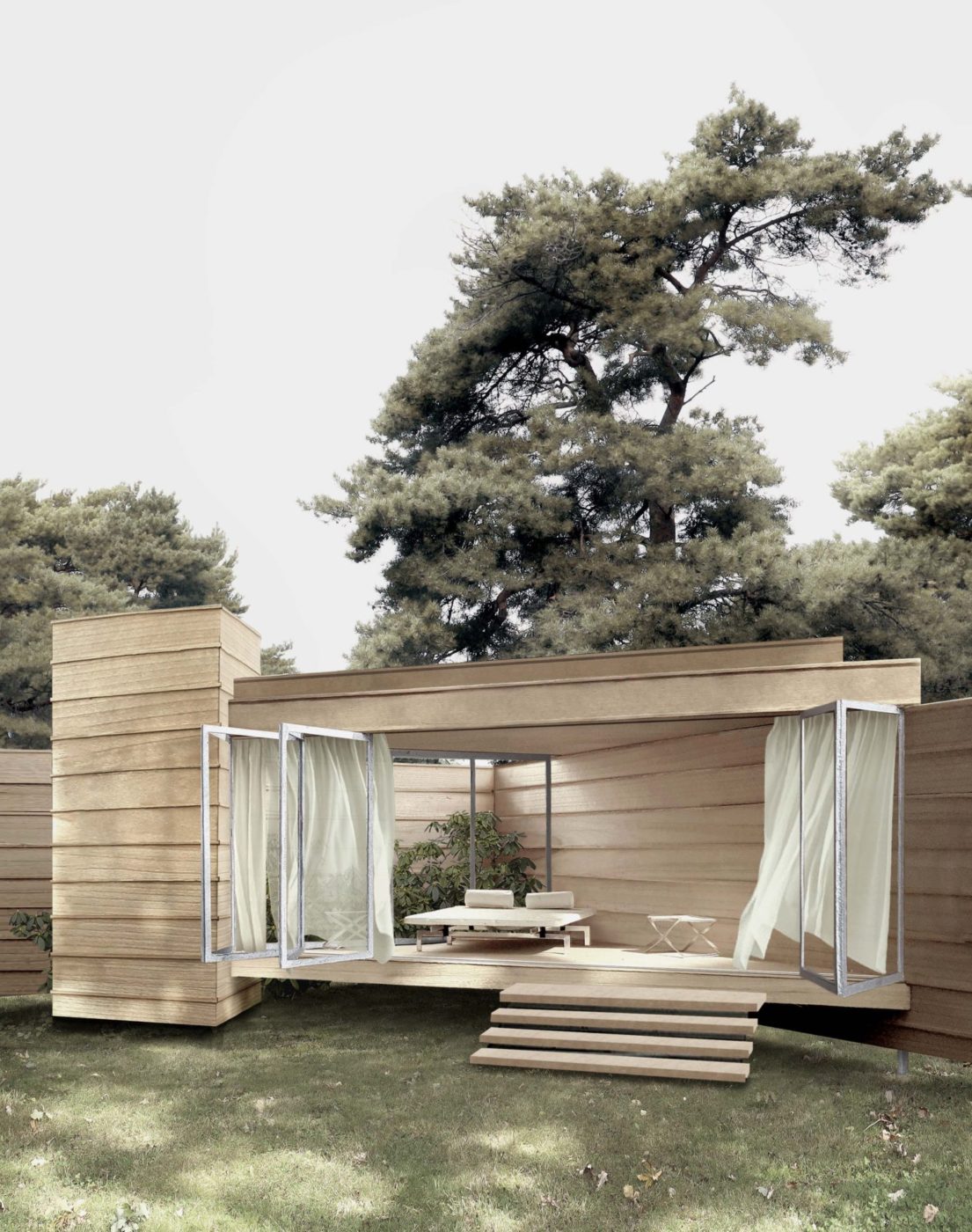
Hidden – Forms of the Senses by Onoma is an ode to multi-sensoriality
Curated by Laura Sarvilinna, the exhibition Hidden deals with the influence of the senses on artistic work and on the experience of art. Through works by more than fifty designers and artists, the exhibition approaches multi-sensoriality through art, design and craft. Hidden is a sense-driven exhibition that takes into account the possibilities and limitations created by the senses, the body and the environment from the perspective of both the makers and the visitors.
For makers of creative work, multi-sensoriality is a prerequisite for imagination and the whole production process. This approach is a natural path from an idea, or even from a one-off coincidence, to a finished work. The works in the exhibition are intended to be experienced holistically. They speak to several senses simultaneously. In order to maintain a true sense and presence in our lives, we must take care of the interaction between the senses and their various intertwined levels. The exhibition offers the opportunity to get to know the works at one’s own pace or through a guided tour. The exhibition has attempted to take into account the diverse needs of visitors and offers guided tours with different viewpoints. As the summer progresses, the range of guided tours will also expand and evolve. A total of ten guides work in the Hidden exhibition, each one creating a unique experience for the visitors to experience. The works in the exhibition can be explored through an audio description, a discussion or a concise intensive tour.
Fiskars Village and Fiskars
The Fiskars company, the main partner of the Biennale, wants to open up a discussion on the immeasurable value of biodiversity — with its own installation to be located in the former ironworks grounds. The presentation will consist of ten greenhouses designed for the Fiskars Biennale, which will examine the raw materials used in Fiskars products in parallel with living, growing plants. Through this juxtaposition, Fiskars wishes to remind visitors that in addition to developing circular economy practices, we must also be able to cherish and deeply appreciate our surroundings in their natural state. Not everything is meant to be consumed.
“Many know that Fiskars was founded in the ironworks village of Fiskars 373 years ago, but equally many are surprised that we actually never left the village. Fiskars is still in Fiskars Village, which over the years has developed into a unique community of artists and crafts professionals, and a home of deeply people-driven creativity. We welcome the Fiskars Village Art & Design Biennale and look forward to all the new ideas that the Biennale encounters evoke,” says Marika Orkamo, Director of Brand and Marketing, Fiskars.

The Fiskars Village Art & Design Biennale, which combines design, architecture and contemporary art, will be held for the second time at the unique setting of the Fiskars ironworks grounds from 22 May to 4 September 2022. The main exhibitions are the newest chapter in the international U-Joints research and exhibition project, Knots & Knits, the House by an Architect exhibition, and the Onoma group exhibition Hidden – Forms of the Senses. The main exhibitions complement one another and invite the visitor to inspect the world from a new perspective. In addition, a diverse parallel programme will spread throughout the surrounding Raasepori region. Visitors can experience all the main exhibitions with a single ticket (18/10 €).
Further information about the Biennale, admission tickets and accommodation bookings can be found on the Biennale’s website. The Fiskars Village Biennale is produced in collaboration with the artist cooperative Onoma. The main partner is the Fiskars corporation, and the City of Raasepori is a partner. The Biennale’s media partners are Helsinki Design Weekly, Asun, New Era and Dezeen.
Photocredit: The Fiskars Village Biennale official photo bank.
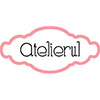
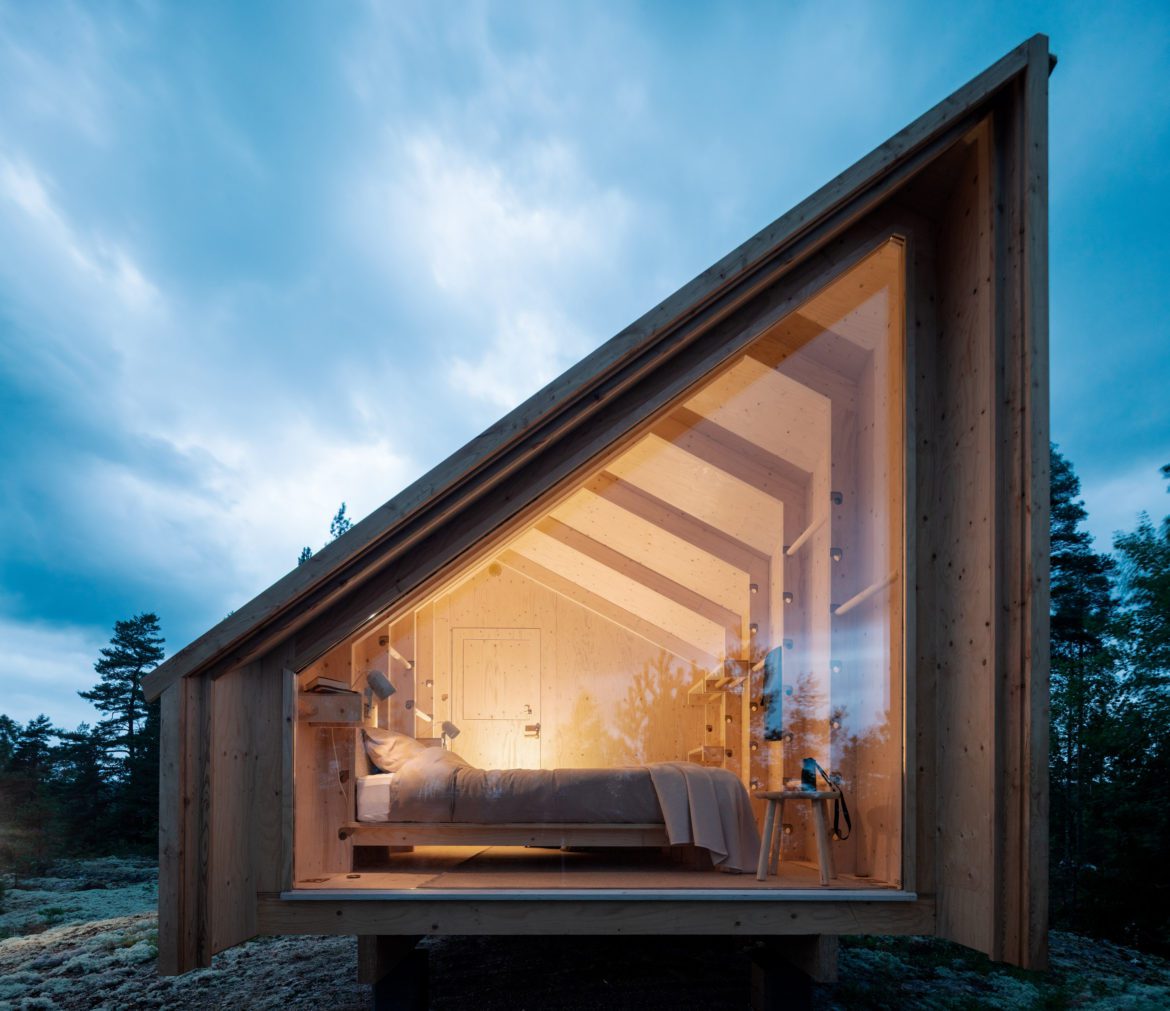
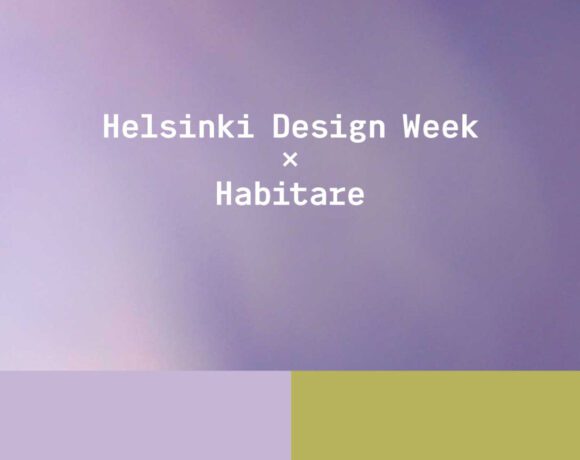
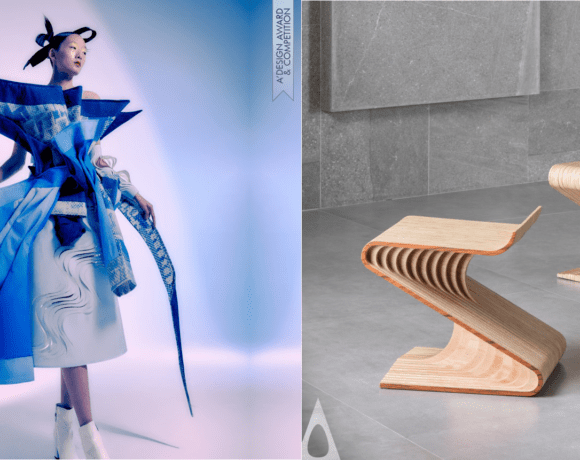
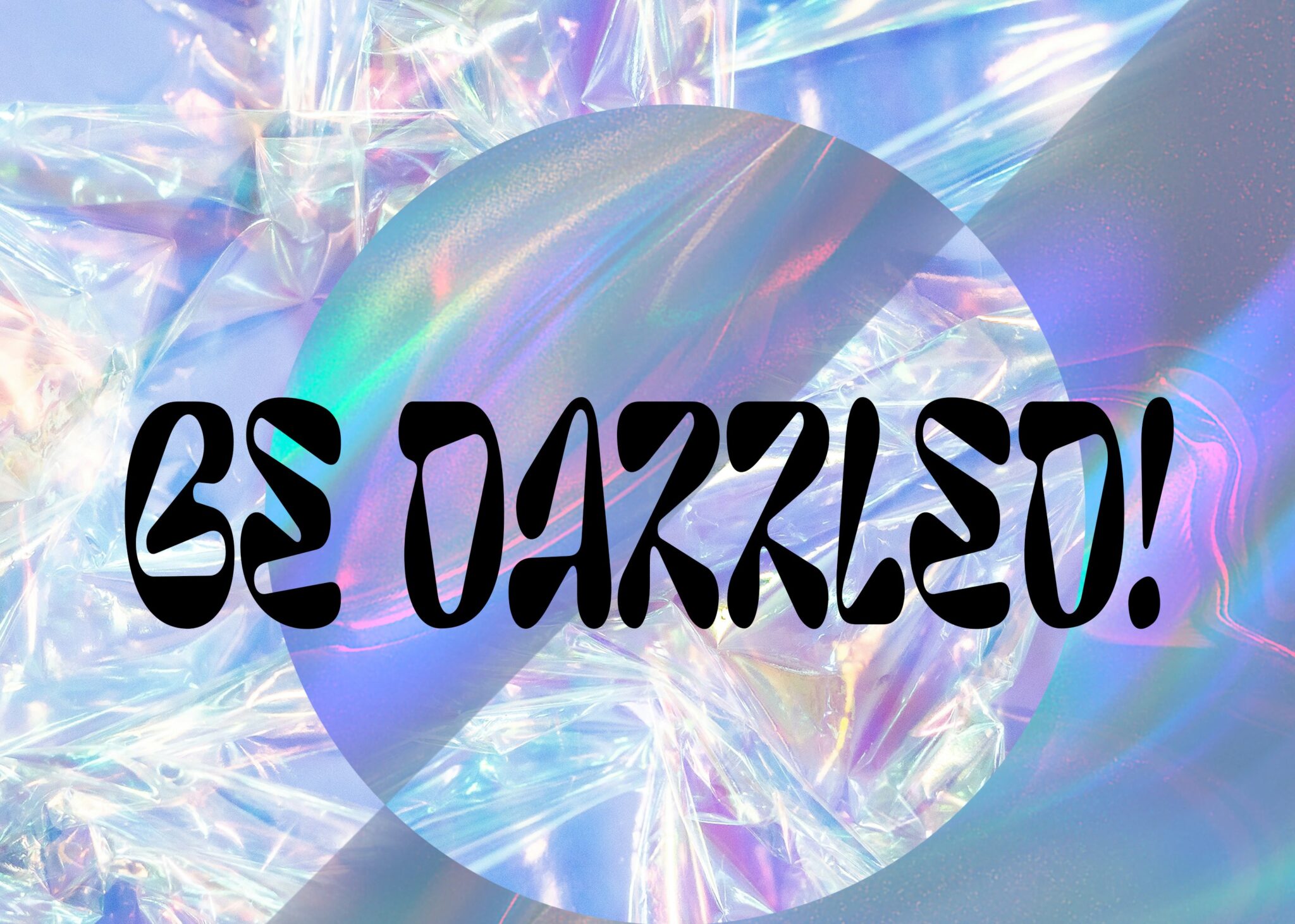
Fără comentarii